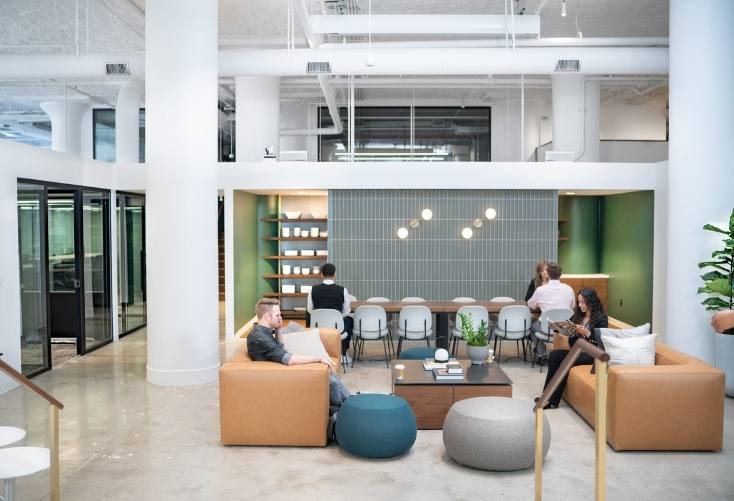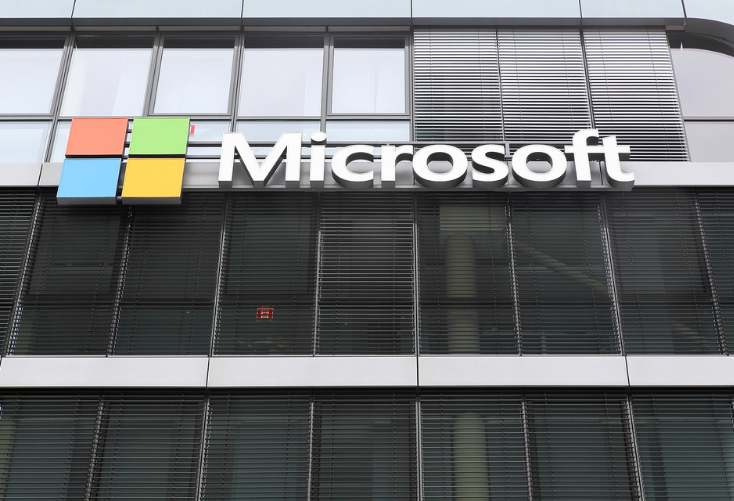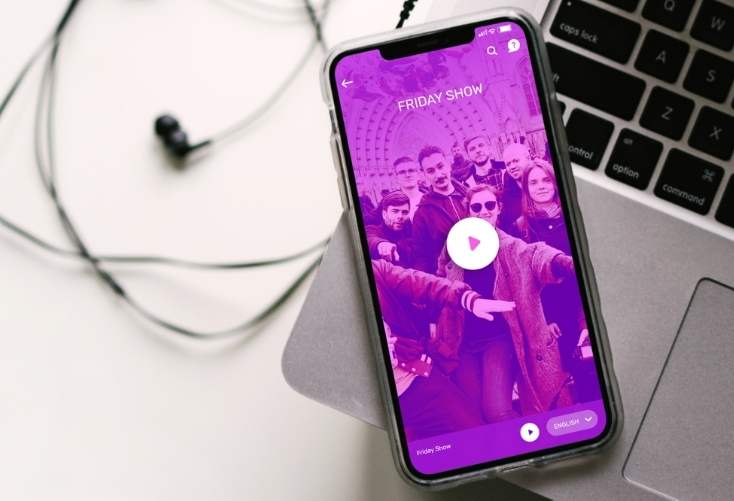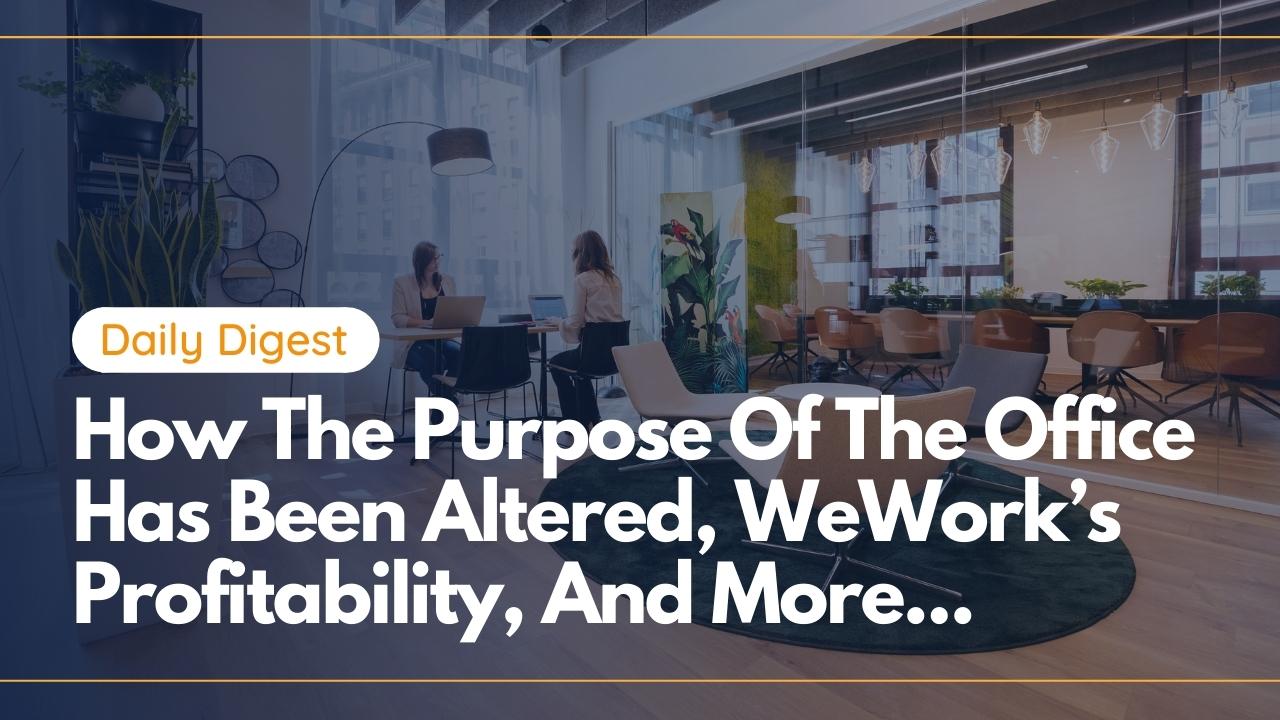Hand selected flexible workspace news from the most reliable sources to keep you ahead of the pack. We find all the latest news, so you don’t have to. Morning and afternoon updates. Stay in the know.
Here’s what you need to know today:
- CommonGrounds Announces First Location For Sister Brand
- The Problem With Letting Employees Pick Their Schedules
- How Nudge Theory Can Improve Workplace Practices
- Creating The Optimal Workplace For All Employees
- Microsoft Details What Its Hybrid Workplace Will Look Like
- Remote Interpretation Platform Closes $30 Million Funding Round
CommonGrounds Announces First Location For Sister Brand
CommonGrounds Workplace has announced their sister brand “The Lobby” that will focus on new coworking management.
The Lobby will offer a more standard coworking offering, with CommonGrounds finding current operators in the market and rejuvenating these spaces.
“We also are redefining the relationship between building owners, the operator, and their tenants,” said Jacob Bates, CEO of CommonGrounds. “‘The Lobby’ will operate the office space on behalf of the owner while providing the business community CG’s first-class hospitality.”
The brand was designed by CommonGrounds in-house creative team CommonCreative, which focuses on recreating the hospitality seen in a hotel lobby.
“Hotel lobbies embody the essence of what coworking is all about, and they were the first incubators of that concept,” said Lucas G. Martin, VP of Design for CommonGrounds Workplace/CommonCreative. “You infuse that with the CommonGrounds’ hospitality, and you have the soul of “The Lobby” coworking brand.”
The first “The Lobby” location will open on 1635 Market Street in Philadelphia, which was a former MakeOffice space.

The Problem With Letting Employees Pick Their Schedules
As companies transition to more hybrid work arrangements, the question of how much say workers should have in their schedules has come into focus.
Since May of 2020, economists Jose Maria Barrero, Steven J. Davis and Nicholas Bloom have conducted monthly surveys of over 30,000 Americans. The research found that 32% of employees say they never want to return to working in the office, which was very prevalent across working parents.
On the other end of this, 21% say they never want to work from home again, which was evident among young single employees or empty nesters.
These two opposite ends of the spectrum make it seem like it would be wise to simply let employees choose. However, this raises a few issues: the difficulty of managing a hybrid team and potentially hurting diversity.
Managing a hybrid team can often be hard because those who are not physically present in the office may feel left out during meetings. Without impromptu conversation, home employees can easily feel excluded from important work-related conversations.
Additionally, the research has found that working from home can hurt a person’s career. In a 2014 study in China, employees who worked from home were found to have a 50% lower rate of promotion after 21 months compared to in-office colleagues.

How Nudge Theory Can Improve Workplace Practices
Hybrid working has become a hot topic of the post-pandemic workplace. This is for good reason — it allows employees to work both in the office at home throughout the week.
However, there have been concerns raised about this arrangement. For instance, remote working has highlighted the issue of e-presenteeism and how employees have started to feel like they need to be “on” at all times when working from home.
This has led to their work weeks growing by nearly 25%. This includes feeling that they must work more to stand out from their in-person counterparts, as well as having to attend multiple virtual meetings throughout the day.
All of these challenges can lead to major mental health problems among employees. So how can managers avoid such issues in the workplace?
One solution is the Nudge theory, which indicates that small suggestions throughout the day can influence someone’s behaviors in a positive way, without additional stress.
Nudge theory uses artificial intelligence and data in order to improve a company’s remote and digital culture. Using this technology, companies can “nudge” employees and encourage them to adopt more positive actions.
Each nudge can be personalized too, whether it’s simply an emotional check-in at the beginning of the work day or an invitation to watch a video about new features for software upgrade.

Creating The Optimal Workplace For All Employees
Research from Accenture has found that 83% of people view hybrid working as the optimal operational model.
The report entitled “The Future of Work: Productive Anywhere” revealed that 40% of 9,326 workers across 11 countries believe they can be productive working from anywhere.
Even more, 85% of the people who said they could be productive and healthy from anywhere said they planned to stay on at their company for a long period of time. Still, finding a hybrid model that suits all age groups could be a challenge. For instance, 74% of Gen Zers want more in-person collaborative opportunities, which is more than the 66% of Gen Xers and 68% of Baby Boomers.
“This new workforce segment consists of individuals who remain productive — whether on-site or at home — and who have the strongest personal and organizational resources,” said Christie Smith, senior managing director and global lead of Talent & Organization / Human Potential at Accenture. “As responsible leaders, we need to pivot the future of work dialogue to be not just about location, but to also address what drives the productivity, health and resilience of our people.”
The difference between the 40% of those who find themselves productive and the 8% of those who are disconnected and frustrated is the lack of resources they have at home. Without the right tools, these workers tend to face more roadblocks when trying to complete work tasks.

Microsoft Details What Its Hybrid Workplace Will Look Like
Microsoft has unveiled the details of its hybrid work policy that it is adopting as its employees slowly return to the office.
Instead of ditching the tools and resources that workers have become accustomed to throughout the pandemic, Microsoft is providing guidance into how its products can be useful even in a post-pandemic workplace.
“Hybrid work represents the biggest shift to how we work in our generation. And it will require a new operating model, spanning people, places, and processes,” Satya Nadella, CEO of Microsoft, wrote on LinkedIn.
But how exactly is Microsoft changing its operations to better accommodate the future of the workplace?
For starters, the company is encouraging employees to take breaks throughout the day to avoid fatigue and burnout that is sometimes associated with remote working. Additionally, since there is an increased focus on wellness and wellbeing in the workplace, managers are being asked to make it a top priority when it comes to decision-making.
Conference rooms in the company’s offices will also be outfitted with Teams Rooms, allowing remote employees to attend meetings using audio and video tools. The company will also ensure that employees’ work devices will use cloud services to provide more flexibility in the workplace.
Along with this, Microsoft will use its Microsoft Defender for Endpoint security software to help keep work devices safe and secure when being used outside of their offices.

Remote Interpretation Platform Closes $30 Million Funding Round
Remote interpretation platform Interactio has closed a $30 million Series A funding round after its product usage grew 12 times between 2019 and 2020.
The Lithuania-based startup allows users to connect with certified interpreters. While it offers a video conferencing platform its customers can use for meetings, it can also integrate with other tools like Zoom.
The company’s customers include the United Nations, European Commission and other major institutions and has skyrocketed in popularity due to the worldwide shift to more online platforms.
Interpreters can either be in the room where the meeting is taking place, or interpret remotely by attending the meeting virtually.
Currently, Interactio works with over 1,000 freelance interpreters and also partners with interpretation agencies to provide a larger pool of interpreters to meet its growing demand from companies shifting to hybrid work models.
“When we started, our biggest competition was simultaneous interpretation hardware for on-site interpretation. At that time, we were on the mission to fully replace it with our software that required zero additional hardware for attendees besides their phone and headphones,” a spokesperson said. “However, for institutions, which became our primary focus, hybrid meetings are the key, so we started partnering with simultaneous interpretation hardware manufacturers and integrators by working together on hybrid events, where participants use hardware on-site, and online participants use us.”



 Dr. Gleb Tsipursky – The Office Whisperer
Dr. Gleb Tsipursky – The Office Whisperer Nirit Cohen – WorkFutures
Nirit Cohen – WorkFutures Angela Howard – Culture Expert
Angela Howard – Culture Expert Drew Jones – Design & Innovation
Drew Jones – Design & Innovation Jonathan Price – CRE & Flex Expert
Jonathan Price – CRE & Flex Expert













